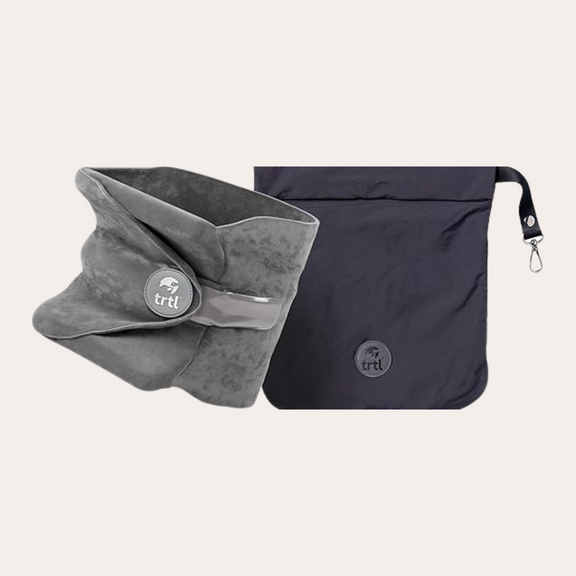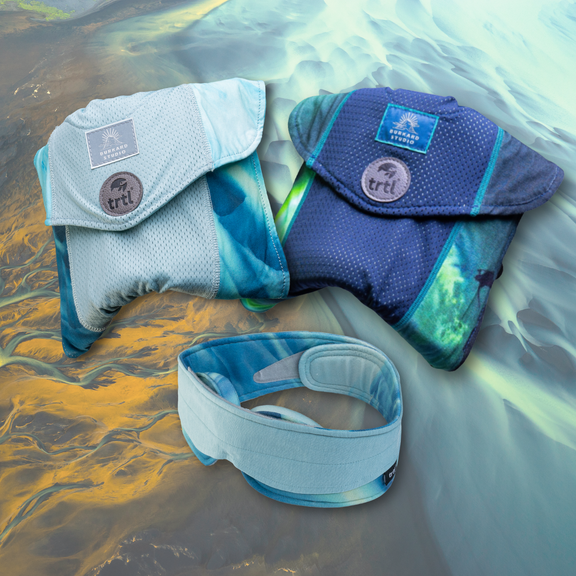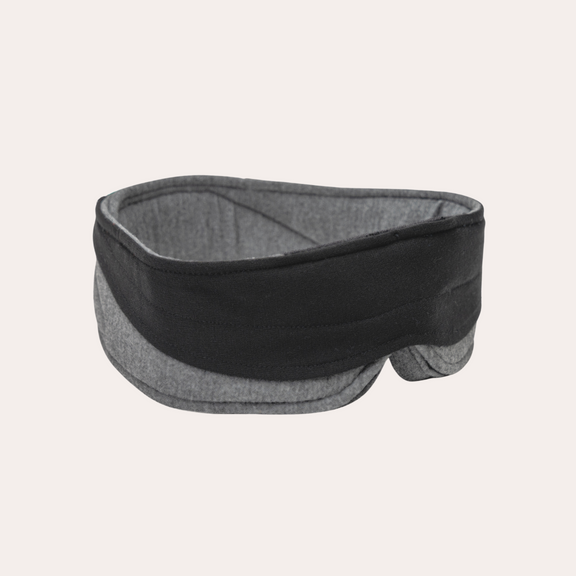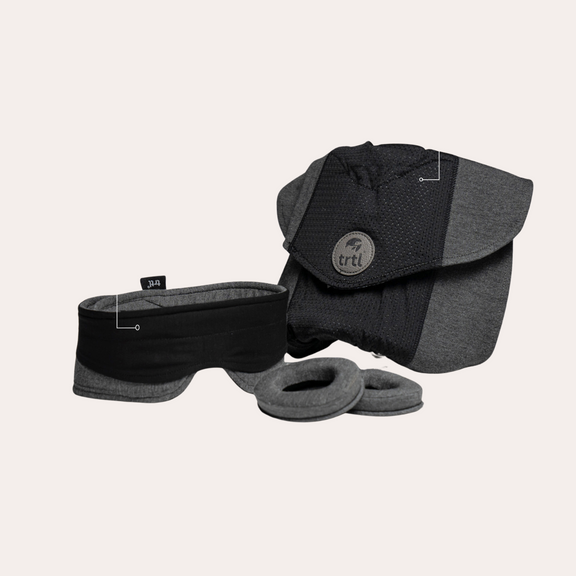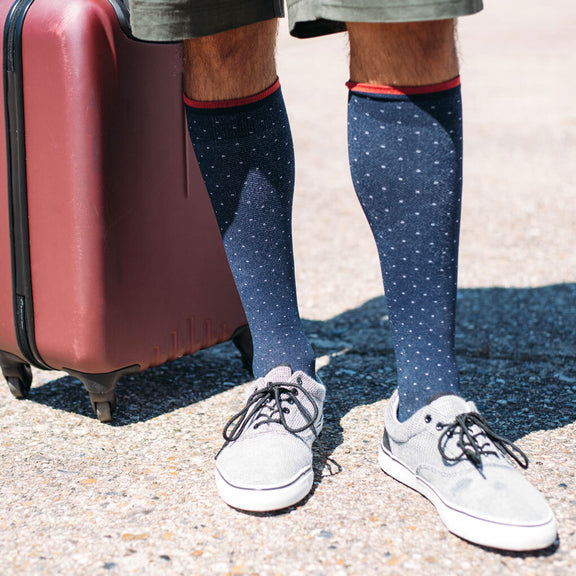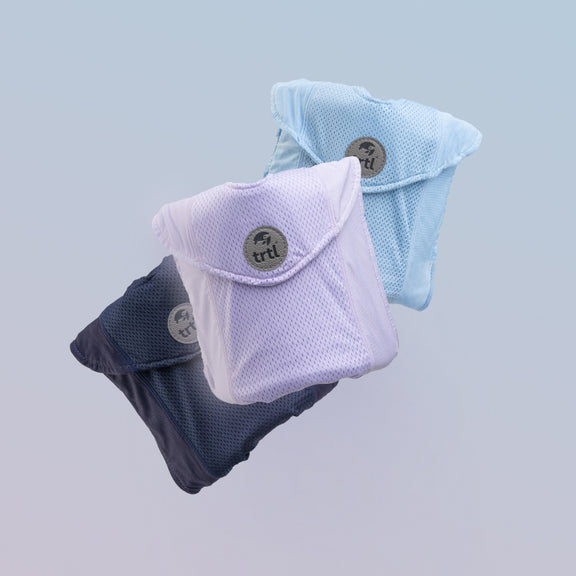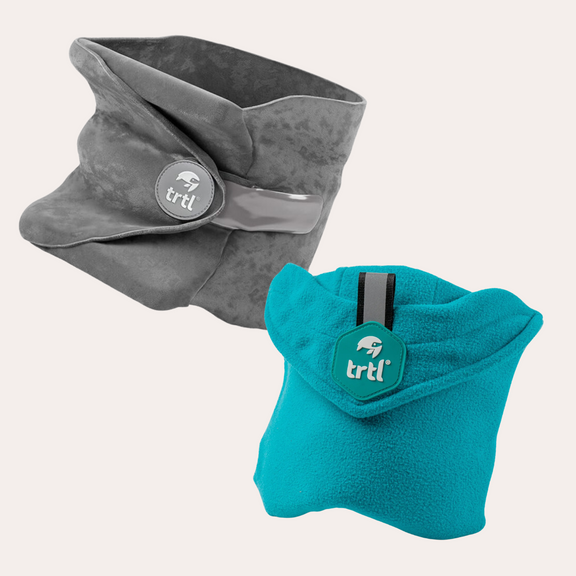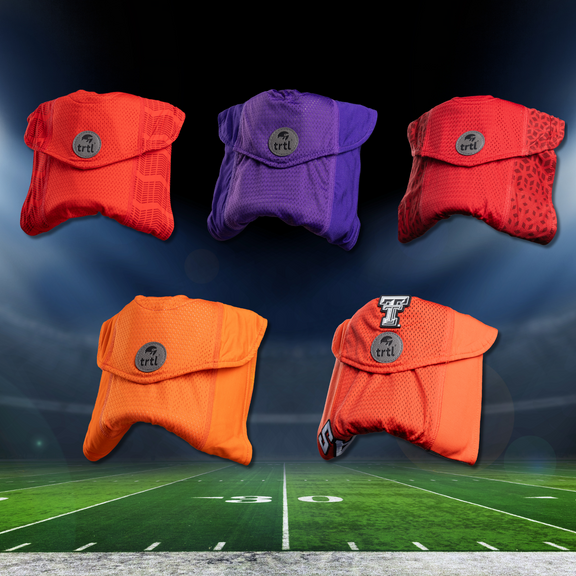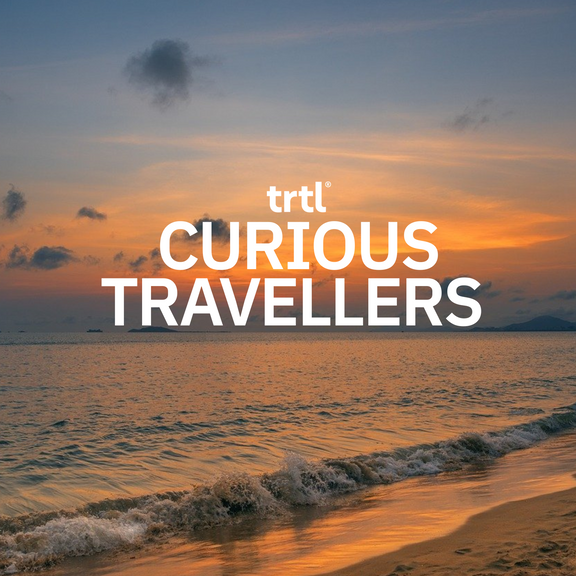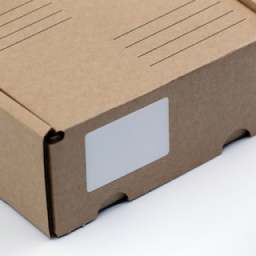Wrapping up warm and standing outside in the cold and dark to see the Northern Lights is at the top of every adventurer's bucket list. We’ve gathered our favorite stories behind the myths and legends as well as some tips on where you should go to find them for yourself.
Witnessing the Northern Lights in person is on top of every traveler’s to-do list. But do you know the tales behind these magical, green lights? If you’re intrigued by the aurora borealis (derived from the Greek words for “sunrise” and “wind”), keep reading.

The legends behind the Aurora Borealis
Let's start at the very beginning. The Norse legends and myths that surrounded the Aurora Borealis varied depending on where and when you lived. Some people believed them to be good omens, for others the dancing green lights were a warning.
The Vikings, for instance, believed the Northern Lights carried tales of heroism and bravery, explaining the green lights were reflections from The Valkyries’ armor, leading warriors to Odin, The God of War.
Many other legends had a similar tale of war, either that there were the breath of soldiers who died in combat, or that the Northern Lights were a bridge to the final resting place for soldiers.
Others like the Sàmi, the indigenous people of northern Scandinavia, believed the Northern Lights were a bad omen. Talking about them, or teasing them by singing, whistling or dancing beneath them could offend the lights and they’d reach down to carry you off into the sky (or even slice off your head).
Then there’s another Finnish tale about ‘revontulet’ (their word for the Northern Lights) which means ‘fire fox’. This name came from the idea of giant mythical arctic foxes who’d play in the sky and their furry tails would brush against the mountains and send sparks or snow reflections into the sky which created the dancing green lights.
Why do they exist?
So we’ve got the scientific reason behind the Northern Lights here but if you’d rather think of them as giant fire foxes, we don’t blame you.
When solar energetic particles from the sun hit the Earth’s atmosphere, they are drawn to the magnetic poles (in this case the North Pole). These particles interact with the Earth’s atmosphere and release energy, creating the Northern Lights.
Extra fun fact: most auroras take place about 1000 kilometers above the Earth's surface.

Where should you head to see them
The best spots to wrap up and try to get a glimpse of the Northern Lights are in Northern Norway or Iceland - basically get as close to the North Pole as possible.
However during high solar activity it can be seen further south. In fact in 1859, during a solar storm, the Northern Lights were seen in Honolulu, Hawaii.
Best time of year to see the Northern Lights
You’ll be most likely to see the Northern Lights during the colder months, when the night sky’s at its darkest. So what are you waiting for? Book a trip between October and April, pack your warmest clothes and Trtl Pillow, and we’ll keep our fingers crossed for you!



